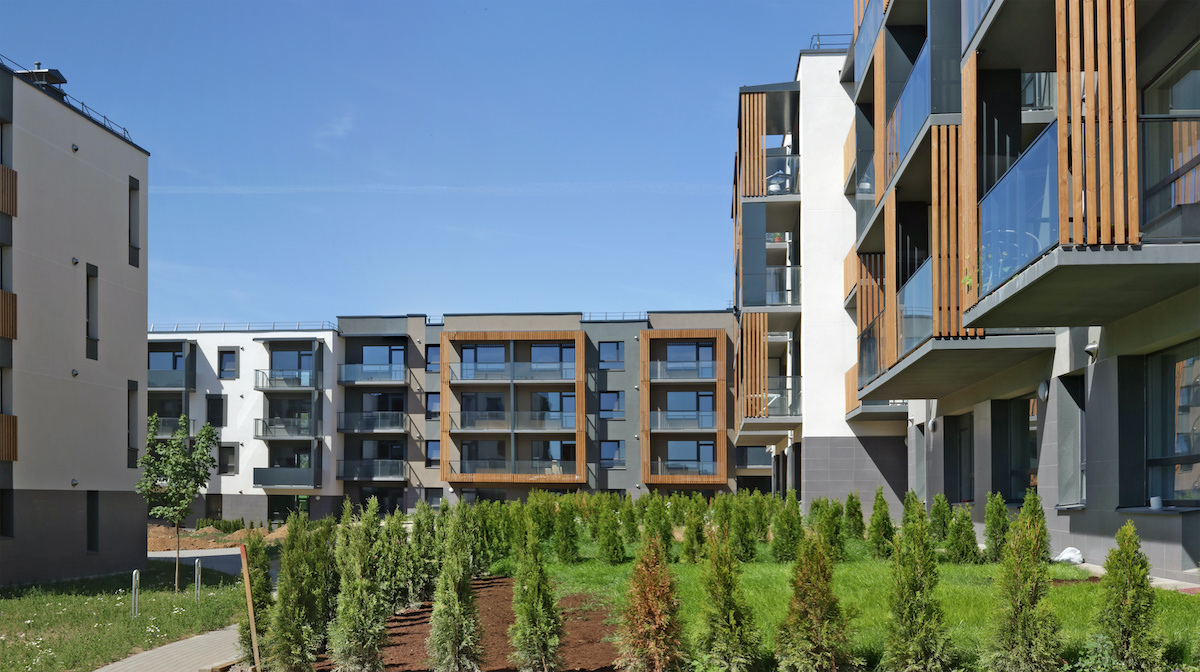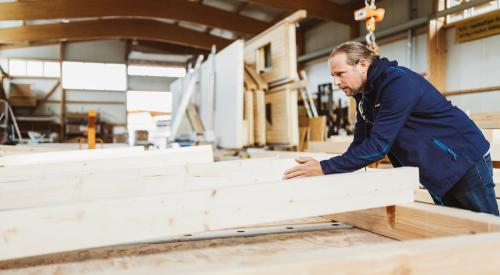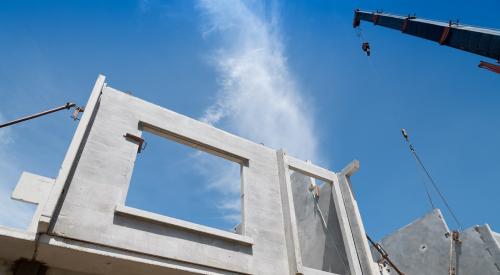In April, the city of Toronto stepped up to create 100 apartments to house those struggling with homelessness. By this winter, those apartments will be ready for occupancy. The accelerated timeline was a response to the pandemic and its disproportionate effects on homeless populations. According to Fast Company, the project will take half the time it would have if built with traditional construction. Toronto utilized modular methods for construction, and the Modular Housing Initiative developed the project. This permanent supportive housing funded by the government will be half as expensive as caring for the same number of those in emergency shelters.
The city of Toronto has embraced modular construction as an affordable solution to housing the homeless, as well as a huge time saver. Ling says a similar project built conventionally would take three to four months to design, another five months for all the design documentation, and then another 12 months for construction. “So you’re getting close to two years by the time you’re done,” he says. By standardizing the apartments, building them as modular units in a factory, trucking them to the site, and craning them into position, this construction approach streamlines processes that would take much longer if built completely on site. Averaged out across the 100 units in this modular project, each apartment costs about $190,000 for both design and construction, Ling says.













